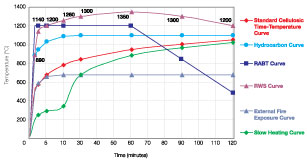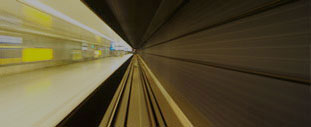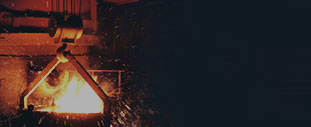
A fundamental understanding of modern fire compartmentation and smoke management principles — over and above a sound working knowledge of the dynamics of contemporary big city town planning — is an essential starting point for optimising fire risk management strategies in any built environment.
Fortunately, there is a large corpus of research and technical evaluation available — recorded, researched, tabulated and used empirically over many decades — for designers, engineers, architects, planners and developers to draw upon as they evolve and construct their own sensible built environment strategies.
Much is known about the behaviour of fire and smoke, and of course, how many materials react and perform in the event of actual fire events. Structural steel for example looses its structural integrity and much of its loadbearing value at 550°C.
There are now many fire resistant spray and board solutions that significantly enhance this performance quantum, allowing occupants time to evacuate to safety while also providing sufficient time for other fire suppression systems to kick in and for firefighters to arrive.
Companies like Promat and Promat International Asia Pacific have, for example, developed fire resistance products and systems that not only effectively answer and surpass the call of regulatory authorities but are in fact are frequently considered industry benchmarks.
Not surprisingly, Promat and perhaps a handful of other similar companies are today recognised worldwide as leaders and key solution providers of advanced fire and proven science technologies.

Indeed, passive Promat fire and products and systems are recognised and frequently used as benchmarks for performance values by many regulatory authorities.
The company’s participation and partnership in Australia’s Green and Sustainable Building Scheme and Singapore’s Building and Construction Authority’s Green Building System Programme are indicative of leadership values and a strong corporate social responsibility ethic.
The latter clearly points the way for the inclusive participation of many others in product and systems safety and security programmes of the built environment in the future.
For enquiry on the contents of PTT, please click here.








